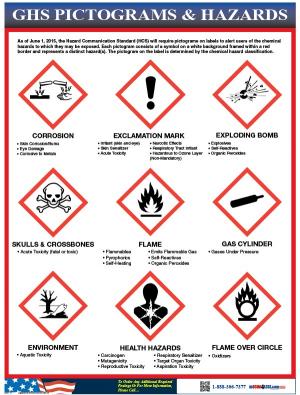- YourGovernment
-
OurCommunity
-
- About Tualatin Advisory Committees Animal Services Community Involvement City Codes City Council City Projects
- Community Crime Reports Customer Service Request Explore Tualatin Now Fire Library Municipal Court Tualatin Today
- Parks & Recreation Passports Permits & Forms Planning & Zoning Police Volunteer Tualatin Moving Forward
-
-
ForVisitors
-
- Parks, Greenways, Recreation and Library Library Parks Public Art Parks and Recreation
- Shopping, Dining, and Entertainment Chamber of Commerce
- Community Events Community Theatre Pumpkin Regatta Special Events
-
- DoingBusiness
-
HowDo I?
-
- Apply for a Job Apply for an Advisory Committee Contact the City Council Get a Copy of a Police Report File a Records Request Find Forms
- Find Planning & Zoning Find Public Transportation Find the City Code Get a Business License Get Email Subscriptions/Notifications Locate City Offices
- Contact the City Pay My Traffic Fine Pay My Water Bill Reserve a Facility Sign Up for a Recreation Program Search the Website Volunteer
-
Globally Harmonized System
GHS stands for the Globally Harmonized System of Classification and Labeling of Chemicals. GHS was developed by the United Nations to bring into agreement the chemical regulations and standards of different countries. In short, it is an international attempt to get all countries on the same page when it comes to defining and communicating chemical hazards.
New changes to the Occupational Safety and Health Administration's (OSHA) Hazard Communication Standard are bringing the United States into alignment with the Globally Harmonized System of Classification and Labeling of Chemicals (GHS), further improving safety and health protections for America's workers. Building on the success of OSHA's current Hazard Communication Standard, the GHS is expected to prevent injuries and illnesses, save lives and improve trade conditions for chemical manufacturers. The Hazard Communication Standard in 1983 gave the workers the ‘right to know,' but the new Globally Harmonized System gives workers the ‘right to understand.'
The new hazard communication standard still requires chemical manufacturers and importers to evaluate the chemicals they produce or import and provide hazard information to employers and workers by putting labels on containers and preparing safety data sheets. However, the old standard allowed chemical manufacturers and importers to convey hazard information on labels and material safety data sheets in whatever format they chose. The modified standard provides a single set of harmonized criteria for classifying chemicals according to their health and physical hazards and specifies hazard communication elements for labeling and safety data sheets.

